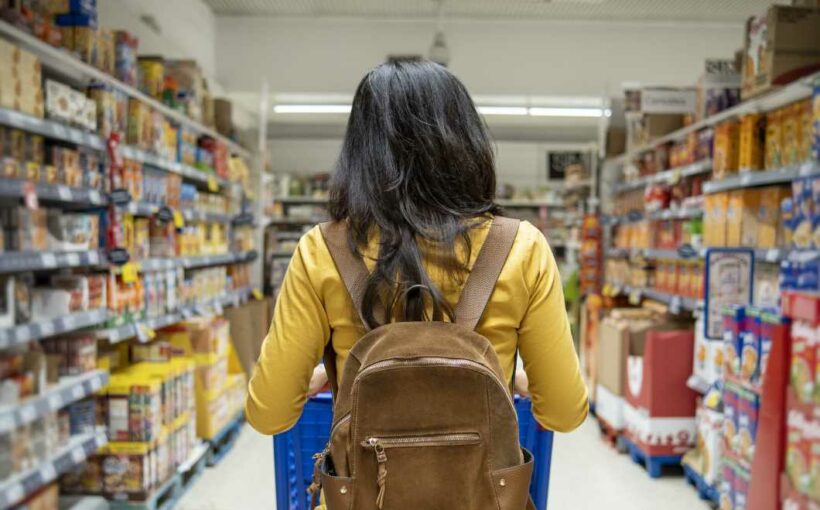- The average monthly SNAP benefit will increase by $36.24 per person per month, starting in October.
- Wondering if you're eligible? Or where you can spend the aid?
- Experts share details on the biggest change to the program since its inception.
The 42 million Americans who receive food assistance though the Supplemental Nutrition Assistance Program, or SNAP, will soon get a boost to their monthly benefits.
That's due to a change approved by the Biden administration earlier this week, which was the first time the purchasing power of the aid has improved since 1975.
The new monthly benefit amount tries to account for some of the changes over those 45 years, including the rising cost of food and the way our understanding of what constitutes a nutritious diet has evolved. A study by the U.S. Department of Agriculture in June found that 9 out of 10 SNAP recipients struggled to eat healthily.
More from Personal Finance:
New apps match travelers with trips that fit their budgets
What you need to know if you want to start investing
Avoid these mistakes with your emergency savings
"It will have a particularly positive impact for communities of color and for children, populations that are disproportionately impacted by food insecurity and poverty," said Josh Protas, vice president of Mazon, an organization that works to fight hunger in the U.S. and Israel.
Here's what you need to know about the development.
When will the change take effect?
Eligible families should see larger benefits come October.
How much will benefits go up by?
The average SNAP allowance will increase by $36.24 per person per month, or $1.19 per day, Protas said.
For a family of four receiving the maximum benefit, they'll get $835 a month, up from $782.
In a few places, the cap is higher. For example, Alaskan families may get up to $1,667 a month under the new rules, Protas said.
Do I qualify for the increase?
The boost should reach most of the households that are currently SNAP-eligible, Protas said.
Is there anything I have to do to get the boost?
You shouldn't have to.
"This increase should automatically convey to households that are already eligible," Protas said.
If you don't yet receive food stamps but think you may be eligible, the USDA has a state-by-state guide to applying for the aid. If accessing the internet is a problem, you can look up your state's SNAP phone number on the USDA's website. In many states, you can also dial 211 to apply.
The money will be sent to you each month on an EBT card, which acts like a debit card. People typically get the money in less than 30 days, but those with little to no income could get their benefits within a week.
Do the new rules impact SNAP eligibility?
No.
The same, somewhat complicated, requirements to qualify for the benefits will remain.
SNAP has rules around how much you can own in assets and earn in income to get the aid. But certain expenses, including your rent and child care costs, can be deducted.
Where can I use my SNAP benefits?
The USDA has an interactive map where you can search for retailers that accept SNAP benefits.
Many farmers' markets accept the card, and you can search for one near you on the USDA's website. In addition, a growing number of states now let you use the funds to order groceries online.
Recipients are also eligible year-round for the Double Up Bucks program, which is available in 25 states and allows people to get twice the amount of fruits and vegetables for their money.
Families still worried about being able to afford enough food can look for food banks in their neighborhood at FeedingAmerica.org. They can also call the Why Hunger Hotline at 1-800-5-HUNGRY, or text their ZIP Code to 1-800-548-6479 to get connected to local emergency food providers and soup kitchens.
Source: Read Full Article
